Located on the southeastern coast of China, near the estuary of the Yangtze River, Shanghai is the economic center of China and one of the most developed cities in China. It has a dense traffic network, bustling streets, high-rising skyscrapers, all of which show the charm of this modern city.
Shanghai also served as one of the earliest trading ports in and China, and it's now one of the most important financial centers in eastern Asia. However, Shanghai is not just about modernness; it is also about old lanes, European-style architectures built hundreds of years ago, classical Chinese gardens, and more. Let's explore the glorious new Shanghai!

Shanghai, a place known as the magic city, is where different cultures collide and blend. 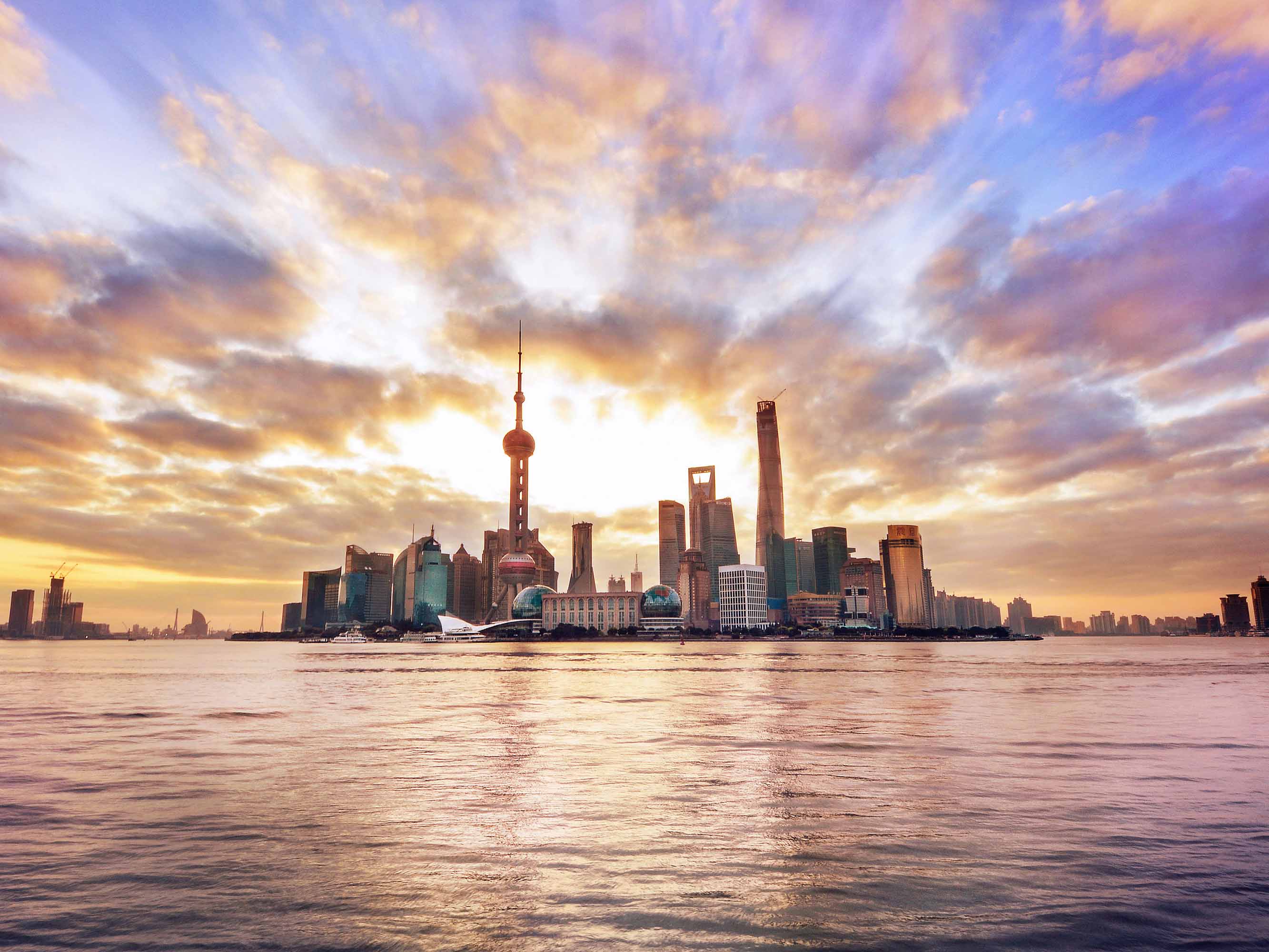 There are Western architectures in the Bund area; skyscrapers in the Lujiazui area; Shikumen and old buildings in Xintiandi regions; shopping paradises like Nanjing Road, Huaihai Road, Jing'an Temple, People's Park, Zhongshan Park, Wujiaochang, Xujiahui, Yuyuan Shopping Mall; local theaters performing various dramas like low comedy, one-man show, Shanghai opera, and the famous Shanghai Stand-up Comedy; authentic local dishes in small local restaurants, real French cuisine in Red House, and Shanghai snacks nearby Chenghuangmiao area; the antique tea houses in old lanes and alleys; and the moderns bars scatters in the buildings of Hengshan Road.
There are Western architectures in the Bund area; skyscrapers in the Lujiazui area; Shikumen and old buildings in Xintiandi regions; shopping paradises like Nanjing Road, Huaihai Road, Jing'an Temple, People's Park, Zhongshan Park, Wujiaochang, Xujiahui, Yuyuan Shopping Mall; local theaters performing various dramas like low comedy, one-man show, Shanghai opera, and the famous Shanghai Stand-up Comedy; authentic local dishes in small local restaurants, real French cuisine in Red House, and Shanghai snacks nearby Chenghuangmiao area; the antique tea houses in old lanes and alleys; and the moderns bars scatters in the buildings of Hengshan Road.
The best times to visit Shanghai are the Spring and Autumn, 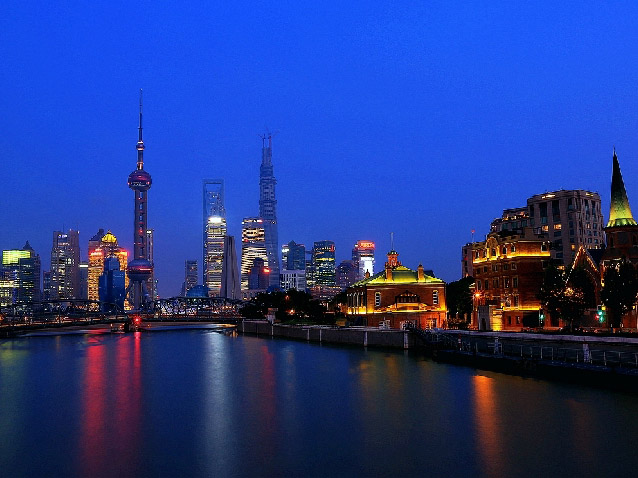 particularly March-May and September - November.
particularly March-May and September - November.
Spring is the best time to see the peach blossoms in Pudong new area, cherry blossoms in Gucun Park, and tulips in Shanghai Flower Port. Autumn is the best time to admire the maple leaves and taste Shanghai crabs. However, bear in mind that most Chinese people will travel during the holidays of Labor Day and National Day. Please avoid traveling these days.
Early June and July are the rainy seasons. Late August and early September are the typhoon seasons. If you travel to Shanghai in these two periods, you must bring an umbrella everywhere.
Shanghai is composed of the downtown area, suburbs, and Chongming Island. The world-famous Huangpu River starting from Dingshan Lake in Qingpu District passes the Shanghai center and divides the city into Puxi and Pudong two sections.
Classic tourist sights are mainly scattered in Huangpu, Xuhui, Jing'an, and Changning districts. 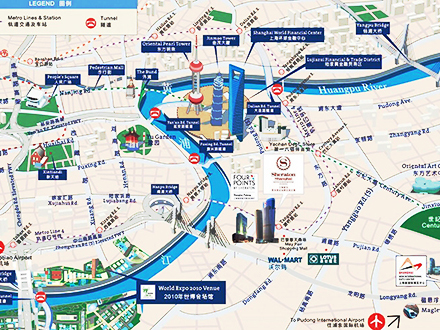 In Puxi areas, there are the Bund, old Wharf, Yuyuan Garden, Shanghai Museum, Nanjing Road, Huaihai Road, Tianzifang, Xintiandi, and more. While Puxi areas, especially the Lujiazui district, have many high-rising buildings like Oriental Pearl Tower, Jinmao Tower, World Financial Center, and Shanghai Tower, parks and theme museums including Disneyland, Century Park, Shanghai Science and Technology Museum, Safari Park, and the World Expo.
In Puxi areas, there are the Bund, old Wharf, Yuyuan Garden, Shanghai Museum, Nanjing Road, Huaihai Road, Tianzifang, Xintiandi, and more. While Puxi areas, especially the Lujiazui district, have many high-rising buildings like Oriental Pearl Tower, Jinmao Tower, World Financial Center, and Shanghai Tower, parks and theme museums including Disneyland, Century Park, Shanghai Science and Technology Museum, Safari Park, and the World Expo.
In central urban Shanghai, different sized commercial zones are scattered everywhere, while the suburbs mainly have sights of cultural and natural significance. Nearby the Sheshan Mountain in Songjiang district, there are Catholic churches, Happy Valley, Chenshan Botanical Garden. Besides, there are reputable Zhujiajiao Water Town located in the Qingpu district, Gucun Park, and Wusong Cannon Bay Forest Wetland Park in Baoshan District. Further to Chongming Island, there are the Xisha Wetland and Dongtan Wetland parks, where you can observe many birds.
Located at the west bank of Huangpu River in Shanghai, the Bund was initially originally a pathway for boatmen and hard labors; 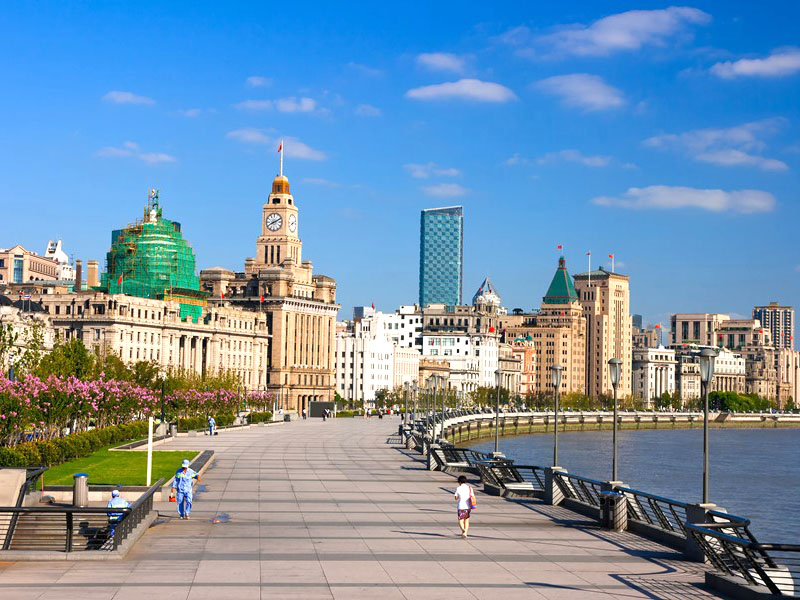 while nowadays, the Bund is an icon of Shanghai. It’s like Wall Street in the east, where prosperous trading proceeded and massive fortunes were made and lost. One of the highlights of the Bund is the 1,700-meter (1,859 yards)-long flood-control wall on the side of Huangpu River, which is known as 'the lovers' wall'. It was once the most romantic site in Shanghai in the 19th century. After some renovation, the buildings that lovers leaned against are even with more romantic sentiment. Besides the railings, the tourists can enjoy a 'snap-shot' view of the Pudong Area and Huangpu River.
while nowadays, the Bund is an icon of Shanghai. It’s like Wall Street in the east, where prosperous trading proceeded and massive fortunes were made and lost. One of the highlights of the Bund is the 1,700-meter (1,859 yards)-long flood-control wall on the side of Huangpu River, which is known as 'the lovers' wall'. It was once the most romantic site in Shanghai in the 19th century. After some renovation, the buildings that lovers leaned against are even with more romantic sentiment. Besides the railings, the tourists can enjoy a 'snap-shot' view of the Pudong Area and Huangpu River.
Situated in Anren Jie, Yuyuan Garden is the only fully restored classical 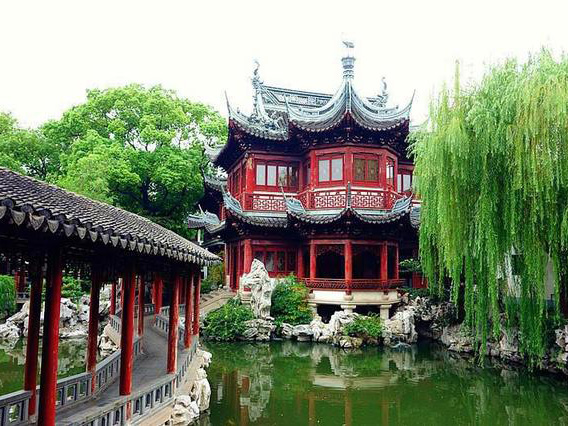 Chinese garden in Shanghai. It was initially built by a government officer Pan Yunduan in 1577 as a resort for his parents to spend their remaining years in comfort and happiness. As a perfect model of the southern Chinese landscaping-style garden from the Ming and Qing dynasties, it is a MUST for all tourists coming to Shanghai. Wandering in antique pavilions, corridors, streams, courtyards, and many other natural features in the garden, you will enjoy both the natural beauty and the human relics.
Chinese garden in Shanghai. It was initially built by a government officer Pan Yunduan in 1577 as a resort for his parents to spend their remaining years in comfort and happiness. As a perfect model of the southern Chinese landscaping-style garden from the Ming and Qing dynasties, it is a MUST for all tourists coming to Shanghai. Wandering in antique pavilions, corridors, streams, courtyards, and many other natural features in the garden, you will enjoy both the natural beauty and the human relics.
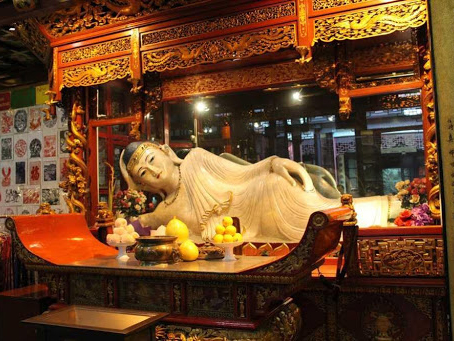
Seated in the downtown area of Shanghai City, Jade Buddha Temple was first constructed in 1882 of the Qing Dynasty (1638-1911) for the enshrinement of two jade Buddha statues – the Sitting Buddha (1.95 meters tall, 3 tonnes) and the Recumbent Buddha representing the Buddha's death. It is a key temple in Shanghai that thrives with flows of disciples every day, especially on the 1st and 15th day of every lunar month and all the traditional Buddhism festivals.
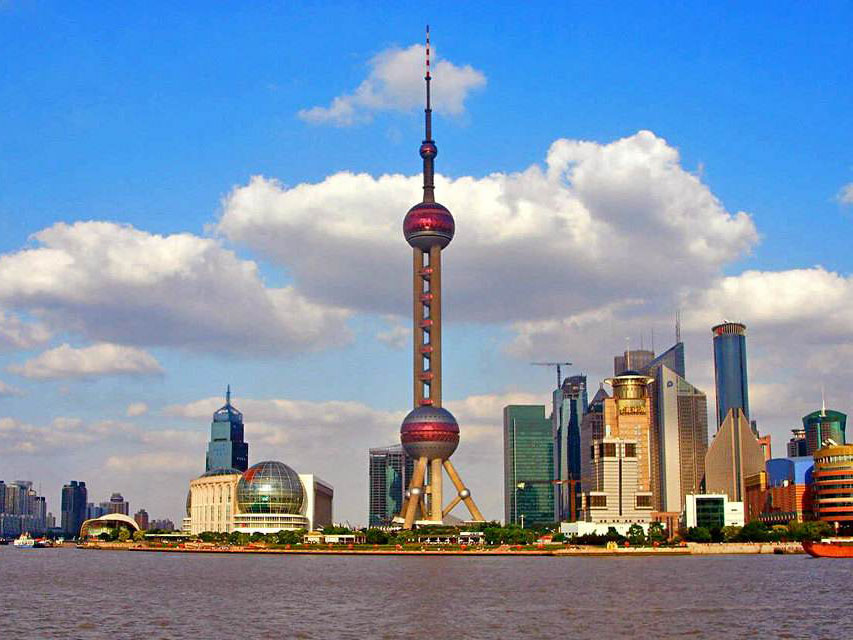
Oriental Pearl TV Tower is 468 meters tall, ranking the world's seventh and China's third tallest TV and radio tower. It creates a scene of 'twin dragons playing with pearls' that can stir up the imagination of visitors coming here all-year-round. Besides, it is a representation of architectural illustriousness and an ideal site for visitors to have a full-view of Shanghai city.
Hailed as the premier shopping street in China, Shanghai Nanjing 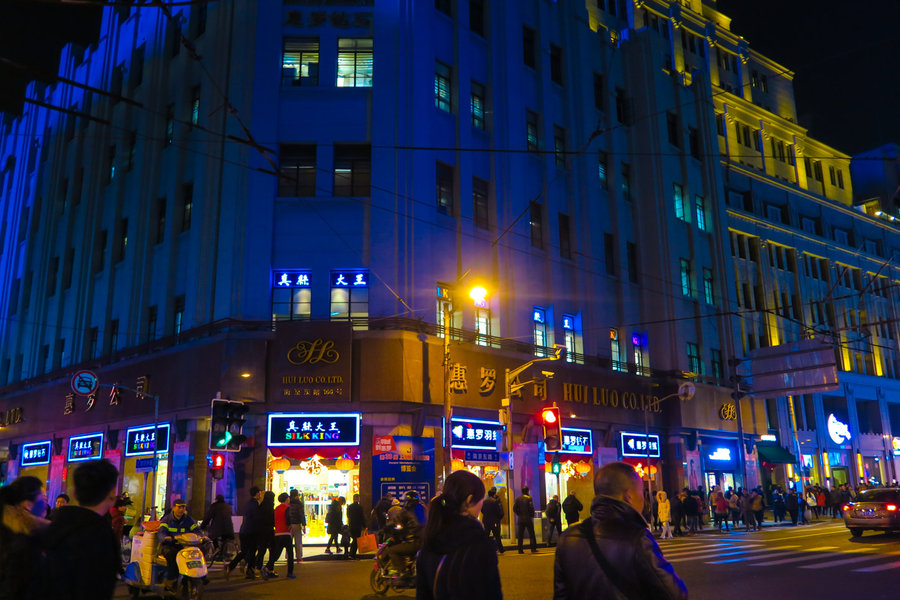 Road is 5.5km in length, starting at the Bund in the east and ending on the west side of the junction between Jing'an Temple and Yan'an West Street. It’s the earliest commercial street in Shanghai after the city's opening to the public. With a history of 200 years, Nanjing Road (built in 1851) becomes not just a striving commercial hub in Shanghai, but also a miniature of the history and culture of Shanghai.
Road is 5.5km in length, starting at the Bund in the east and ending on the west side of the junction between Jing'an Temple and Yan'an West Street. It’s the earliest commercial street in Shanghai after the city's opening to the public. With a history of 200 years, Nanjing Road (built in 1851) becomes not just a striving commercial hub in Shanghai, but also a miniature of the history and culture of Shanghai.
Situated in the center of Shanghai in People's Square in the Huangpu District of Shanghai, 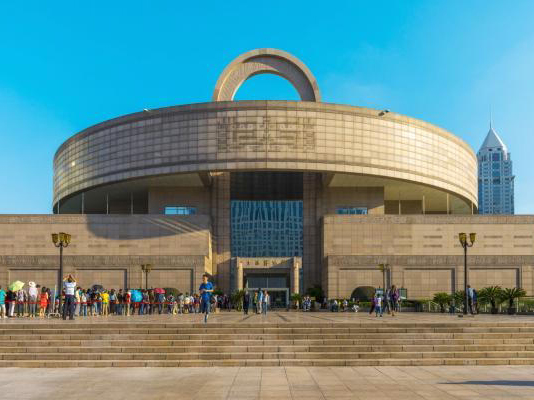 Shanghai Museum is a well-known comprehensive museum of Chinese (ancient) arts and honored as Four Museums in China along with the ones in Beijing, Nanjing, and Xi'an.
Shanghai Museum is a well-known comprehensive museum of Chinese (ancient) arts and honored as Four Museums in China along with the ones in Beijing, Nanjing, and Xi'an.
The exhibition building of the Shanghai Museum is designed with a round dome and square base, symbolizing the ancient Chinese philosophy of a round heaven and a square land. Meanwhile, with the development of modern technology, the lively presentations of some artifacts displayed in the museum are available to the visitors, creating a marvelous visual effect integrated with the traditional culture and the modern spirit.
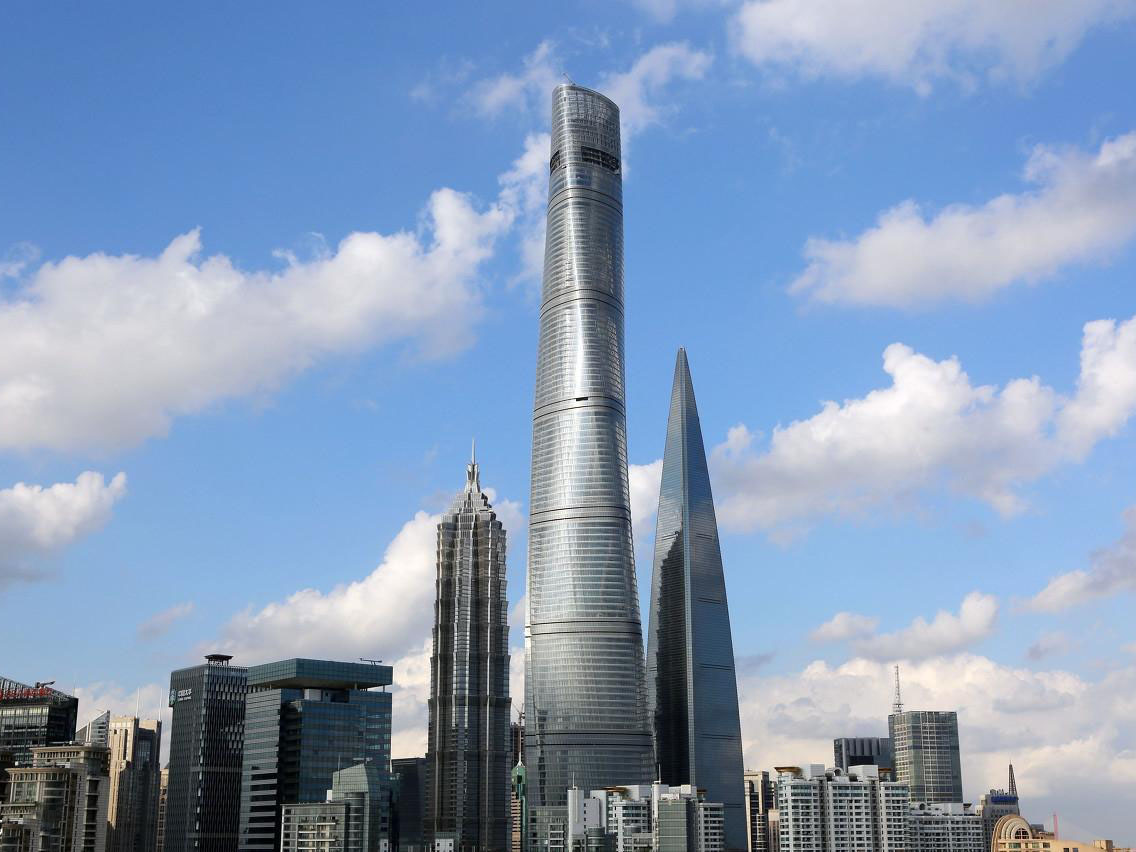
Hailed as the second tallest skyscraper in China and the third tallest skyscraper in the whole world, Shanghai World Financial Center is a comprehensive skyscraper integrated with all the facilities like offices, commerce & trade, hotels, sightseeing, and conference rooms. You can either choose the Oriental Pearl TV Tower or the Shanghai Financial Center to have a bird’s -eye view of the whole city.
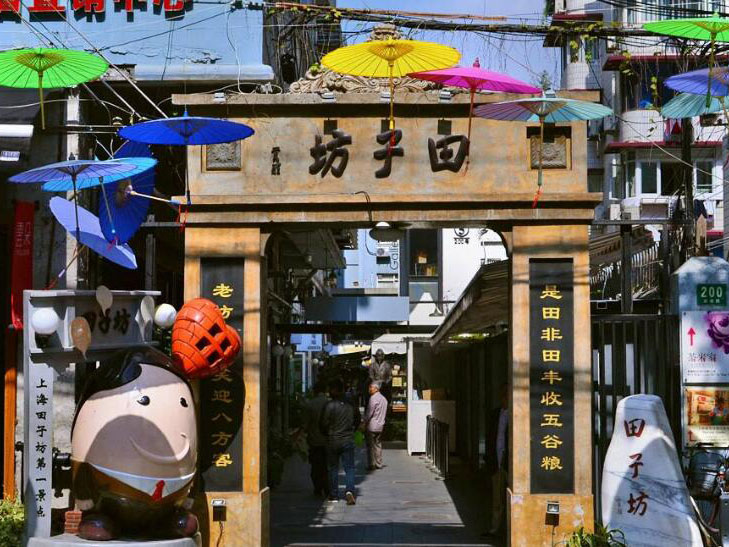
Tianzifang is built based on the unique Shikumen architecture of Shanghai. It's a place where many artists get inspired. Old-fashioned stores are selling antique glasses and music boxes, shops selling trendy clothes from Hong Kong, innovative restaurants making both local and exotic food, and puzzle-like alleys connecting old houses. It is a great place to get a glimpse of old Shanghai.
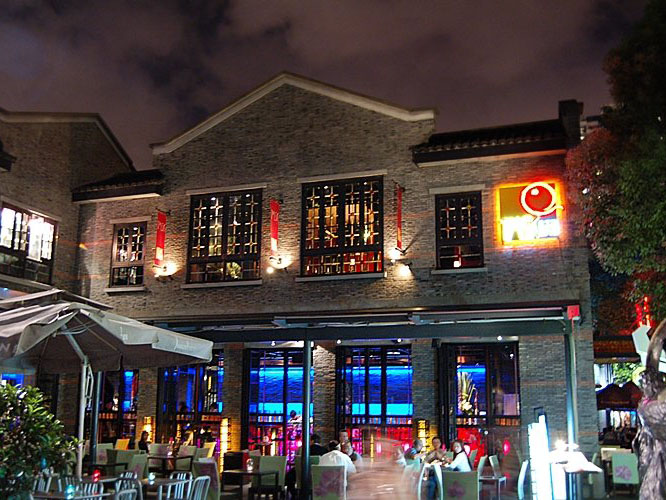
Xintiandi is also transformed from the old Shikumen alley. It's a fashion spot frequented by local young people. Many young people come here to take street shots and enjoy afternoon tea in the day time and spend their night at bars.
Almost everyone has a Disney dream. It's time to make that dream come true. Shanghai Disneyland is a first of its kind in China, and it includes the largest Disneyland Castle, 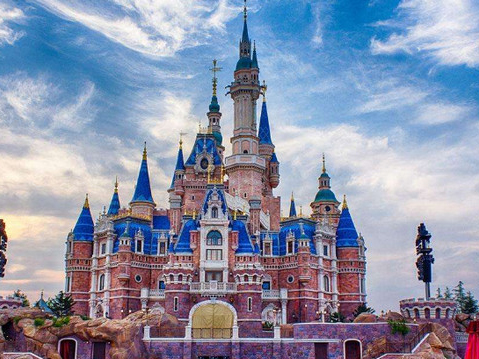 the first park themed with the pirate, and the longest parade route of Disney float. You will enjoy being surrounded by all the happy cartoon figures.
the first park themed with the pirate, and the longest parade route of Disney float. You will enjoy being surrounded by all the happy cartoon figures.
Special tips:
1) Remember to bring your passport when you enter Shanghai Disneyland.
2) The tickets only work on the date you booked. Plan and purchase the tickets in advance.
Currently, there are 14 metro lines available with interchange stations. The fare of the subway is based on the length of your journey. The tickets for less than 6km is 3 RMB. Extra 1 RMB is charged for every 10km beyond the limit of 6km. People can purchase single-way tickets at the subway station. The Shanghai Bus Card can also be used to take the subway. All these subways connect almost all the famous sights in Shanghai. Therefore, taking the subway is a great way to get around.
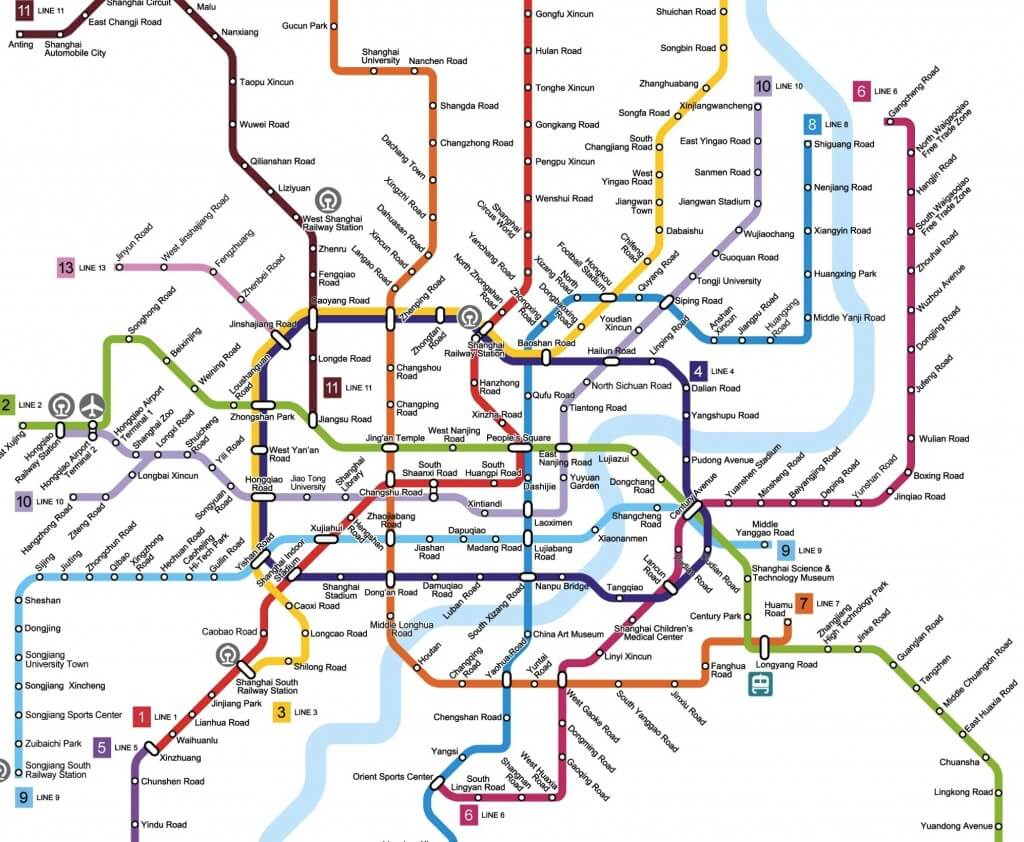
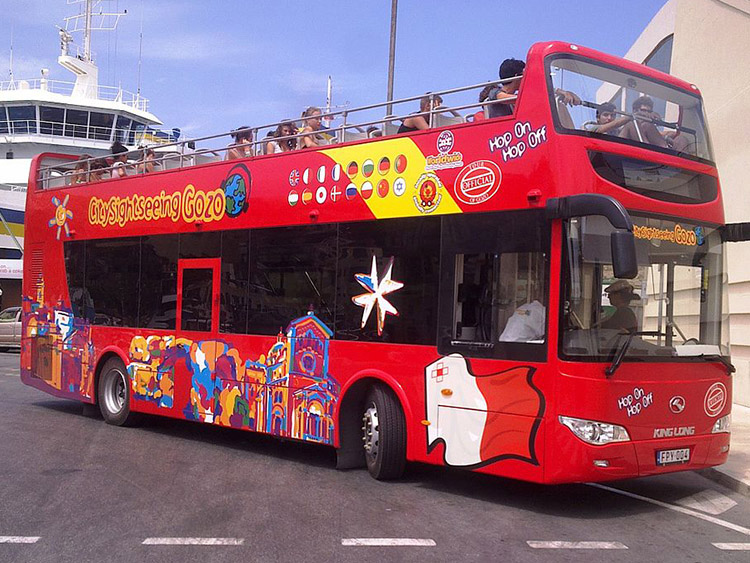
The tourist areas in Shanghai are often big, and some roads in the city center are not allowed to ride bikes. However, in places where sights are densely distributed like Wukang Road, Tianping Road, Hengshan Road, biking is a great option to experience the Shanghai vibe.
Shanghai 2-Day Package with Zhujiajiao Water Town
6 days Shanghai -Suzhou - Hangzhou Trip
Copyright © 2019 Lily Sun China Tours International, Inc. Terms &conditions | Privacy Policy | Sitemap